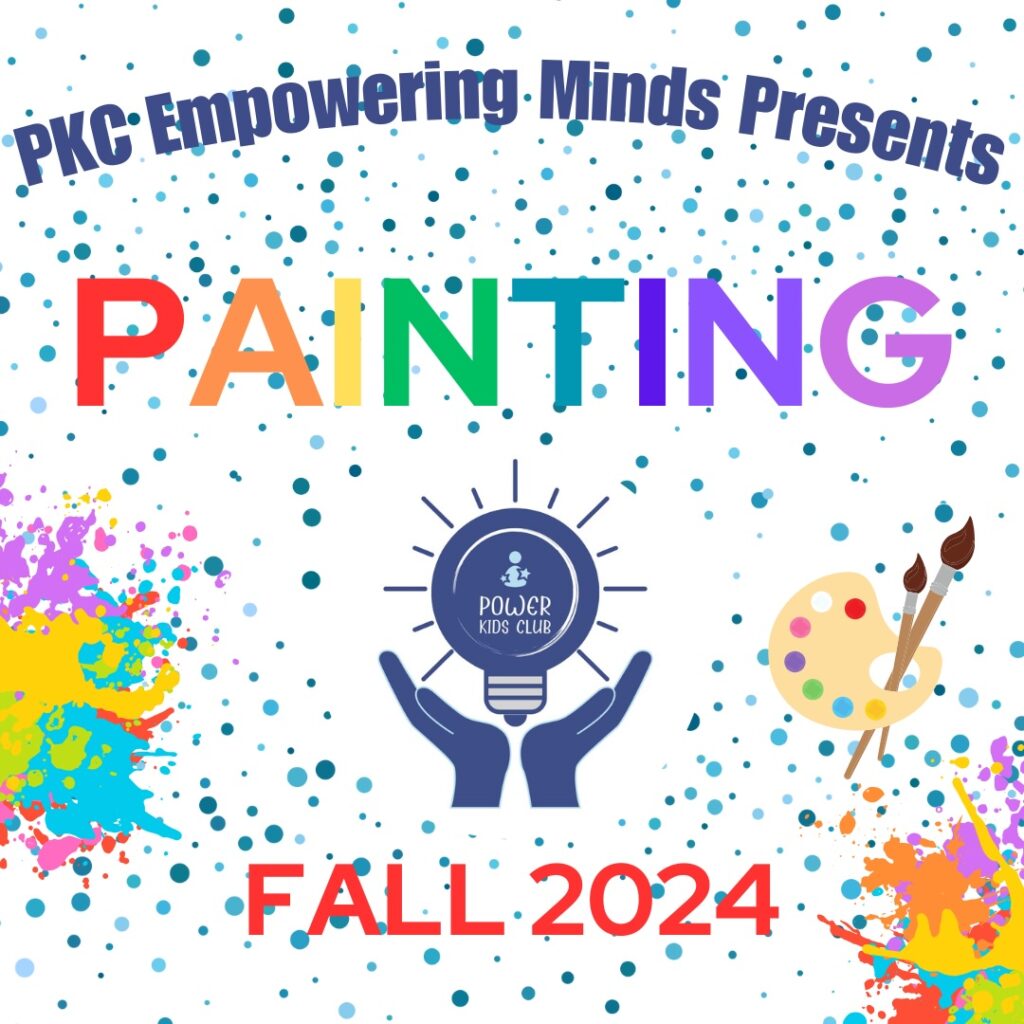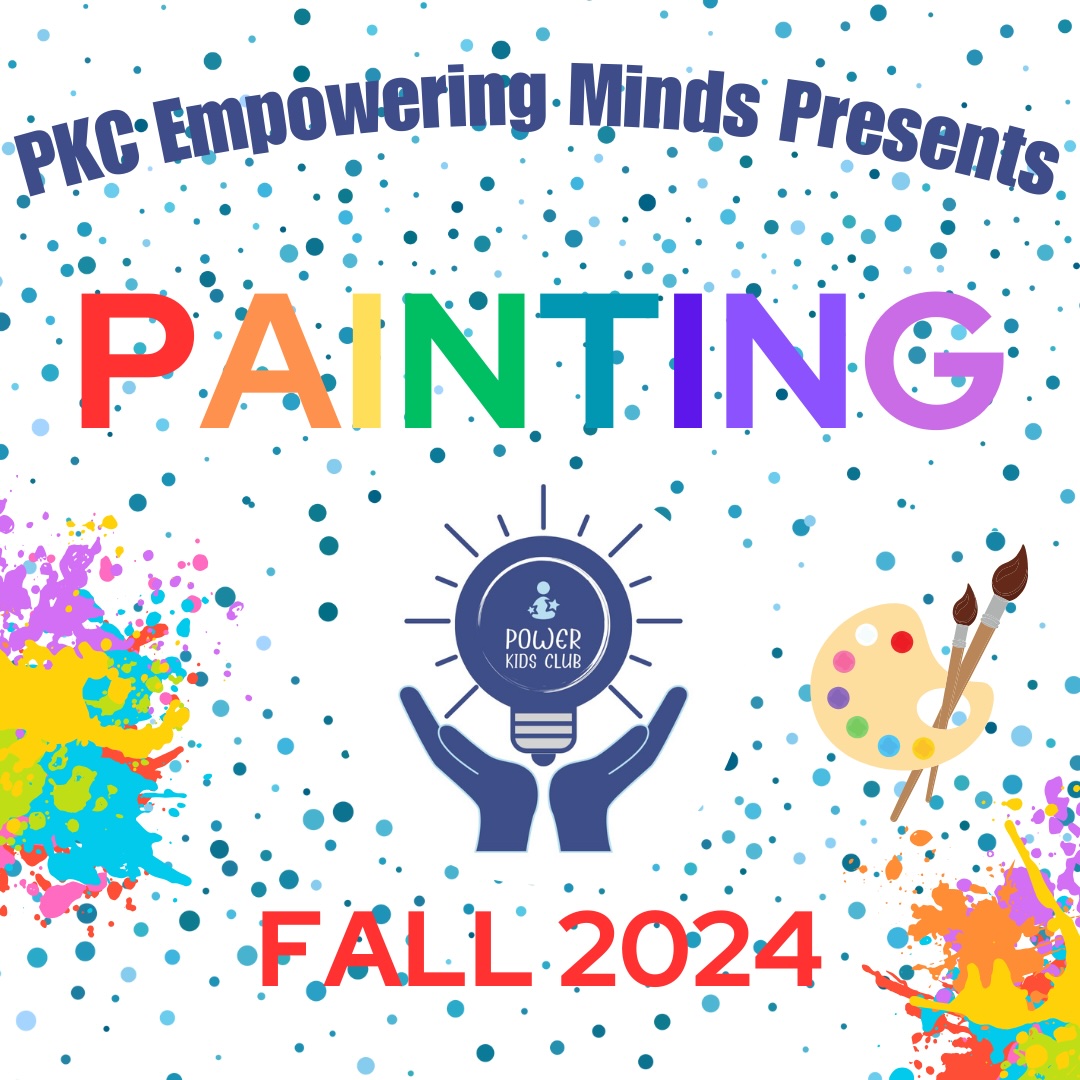Power Kids Club: The Benefits of Painting for Neurodivergent Thinkers – Insights from a Speech-Language Pathologist
As a speech-language pathologist, I’ve seen how various therapies impact neurodivergent individuals. Painting stands out as a particularly effective tool. It helps with communication, emotional expression, and cognitive skills for those with autism, ADHD, and dyslexia. Here’s how painting can be beneficial:
Enhancing Communication Skills
1. Nonverbal Expression:
Painting provides an alternative to verbal communication, which can be challenging for many neurodivergent individuals. Research shows that art activities can help people express thoughts and feelings that might be hard to convey verbally (Malchiodi, 2013). This is particularly useful for individuals with autism spectrum disorders (ASD).
2. Facilitating Social Interaction:
Painting can also enhance social skills. Group art projects create opportunities for social engagement and collaboration. Studies indicate that group art therapy helps build social skills and fosters a sense of community (Kramer, 2015). This can be especially valuable for those who find social interactions difficult.
Supporting Emotional Regulation
3. Reducing Anxiety and Stress:
Creating art, including painting, can reduce stress and anxiety. Engaging in art-making has been shown to lower cortisol levels, a hormone associated with stress (Creech et al., 2013). For neurodivergent individuals who often experience high anxiety levels, painting offers a calming activity.
Boosting Cognitive Function
4. Improving Focus and Attention:
Painting can enhance focus and attention, especially for individuals with ADHD. Art activities like painting help improve cognitive functions such as attention and memory (Kuo & Taylor, 2004). The concentration required in painting can benefit attention span and organization.
5. Encouraging Creative Problem-Solving:
Painting stimulates creative thinking and problem-solving. Artistic activities are known to promote innovative thinking and adaptability (Runco & Acar, 2012). This can be beneficial for neurodivergent individuals, who often approach problem-solving in unique ways.
Conclusion
Painting is more than an artistic outlet; it’s a useful tool for neurodivergent thinkers. It supports nonverbal communication, emotional regulation, and cognitive development. Incorporating painting into therapeutic practices can be highly effective in helping individuals express themselves, understand their emotions, and enhance cognitive skills. Painting offers neurodivergent individuals a valuable tool for growth and self-expression, providing meaningful support in their development and well-being.
References:
Creech, A., Hallam, S., Varvarigou, M., & Nutton, S. (2013). A study of the psychological and physical benefits of group singing for dementia patients. Journal of the American Art Therapy Association.
Kramer, E. (2015). The dynamics of art therapy with groups. Scholars in Art Therapy.
Kuo, M., & Taylor, A. F. (2004). A potential natural treatment for attention-deficit/hyperactivity disorder: Evidence from a national study. Journal of Attention Disorders.


August 15, 2024
Be the first to comment